Researchers at Aberdeen University have joined forces with police to improve the identification process in missing person cases.
One of the most common ways to trace a missing or wanted person is the release of their pictures to the general public.
However, previous research suggests that people are poor at recognising or remembering missing or wanted individuals when shown a photograph.
With 22,000 people going missing every year, the new project will examine how photographs impact the likelihood of them being recognised and what can be done better.
The team will specifically look at whether using a photo in which the missing person is expressing an emotion may be more effective in police appeals to find them.
Katharina Schnitzspahn from the university’s school of psychology, who is leading the study, explained this will involve examining the memory processes involved in the search.
She said: “Memory for emotional information has been shown to be better than memory for neutral information so we predict that expressive pictures might help to optimize search campaigns and increase the probability of successful recoveries.
“I hope that the findings will help identify ways of improving the recognition of missing and wanted persons, enabling charities and the police to integrate the new knowledge in their search and training procedures.”
Study results could prove ‘highly significant’
The study, which has been funded by the Royal Society of Edinburgh, is now under way with results expected to be published by the end of the year.
It comes after the Herbert Protocol was officially rolled out across Scotland to help emergency services in tracing missing people with dementia.
As part of it, the family of the missing person need to give additional information to police – such as places of importance to them, often visited places and health issues – that could be useful.
Louise Newell, from the National Crime Agency’s Missing Persons Unit (UKMPU), said: “The UK Missing Persons Unit recognises the need for further research in the field of missing people and welcomes this new study – the results of which will hopefully improve how missing person cases are publicised.
“We already encourage use of the best possible imagery to help find someone but understanding the relationship between pictures showing emotion and our memory of an individual could prove highly significant.”
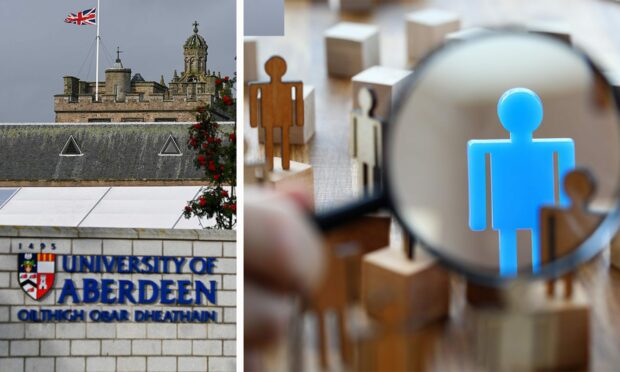
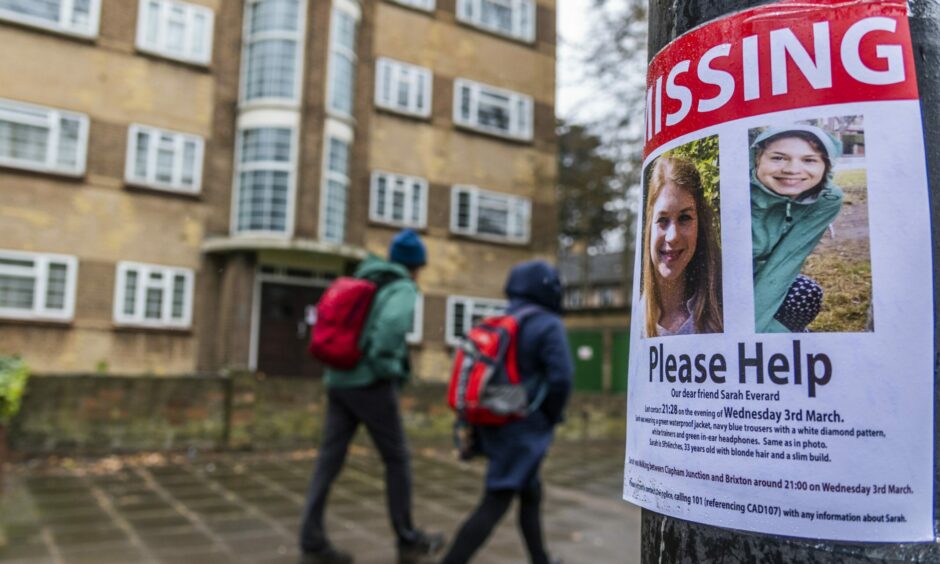
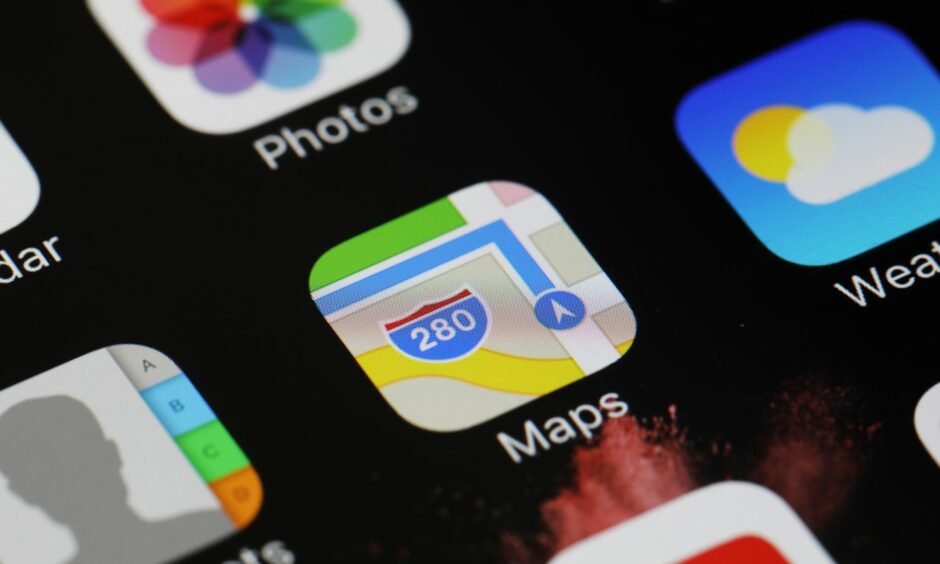
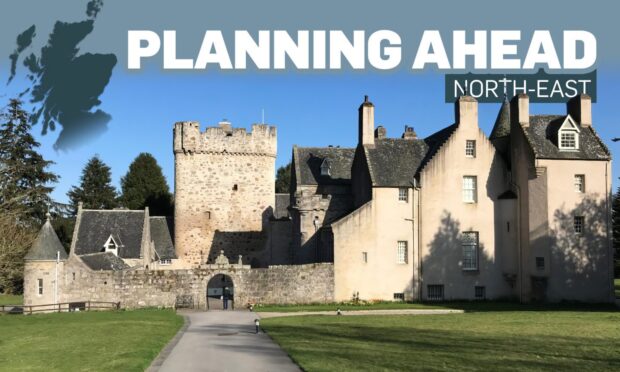
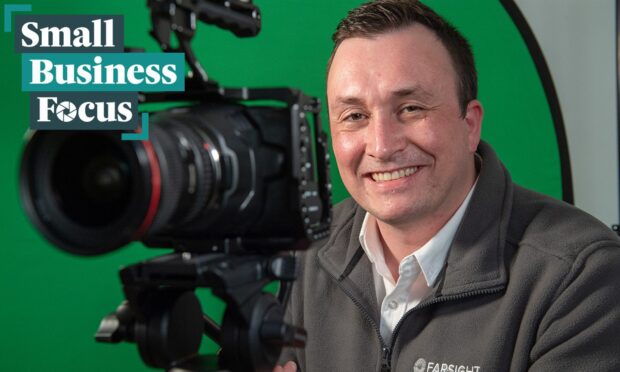

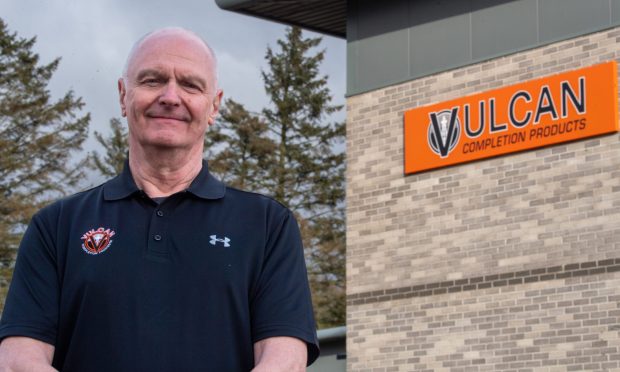
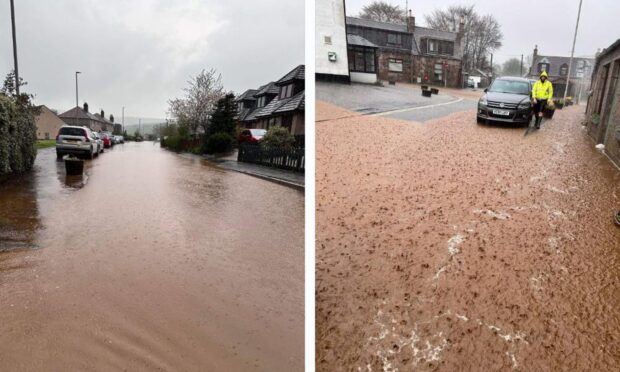
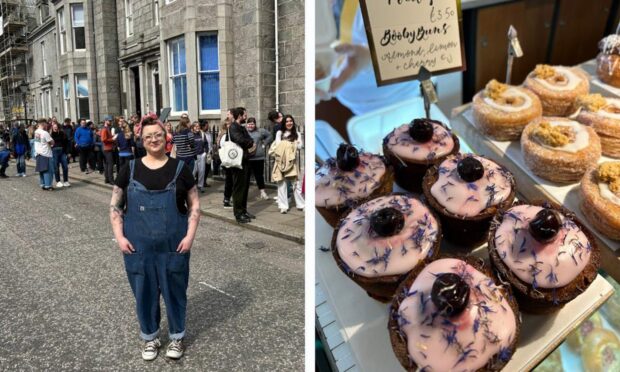


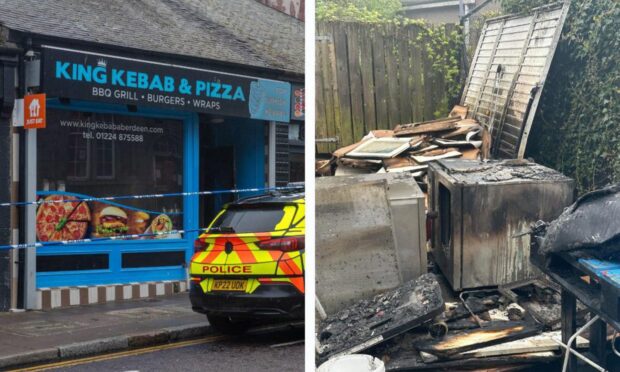
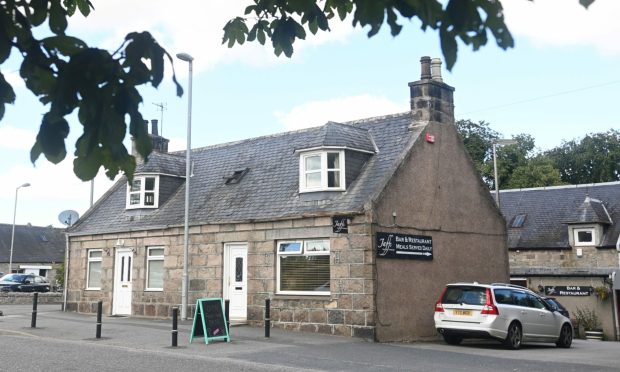
Conversation